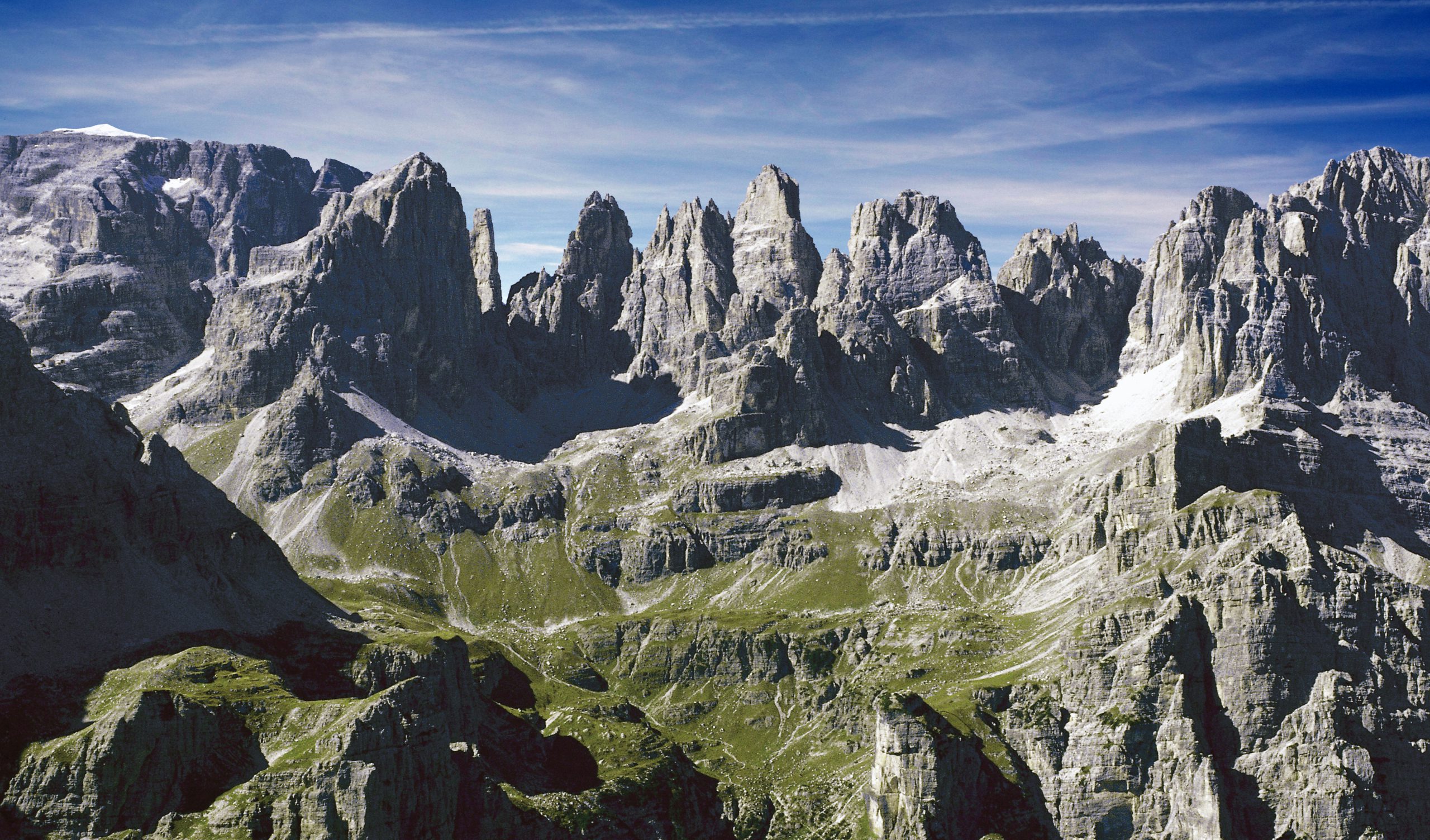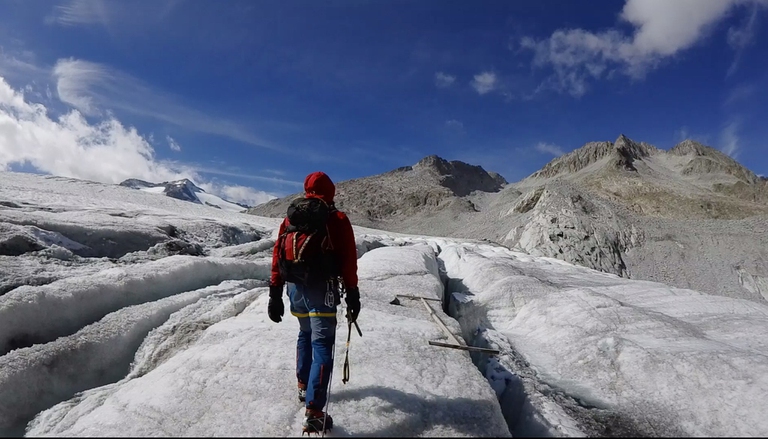MDEF Research Trips⇝
Valle Camonica - Italy April 6th - 12th, 2025
The MDEF program views the Research Trip format as a research residency in an unconventional setting. This allows us to step away from typical urban environments, where for example, seeing the direct impacts of climate change firsthand can be challenging. Over a week, we engage in research practices deeply rooted in the local context, collaborating with the people, the landscape, and the unique knowledge they offer.
Over the past three years, we have explored locations like Mallorca, El Hierro, and the Pyrenees in the French Cerdanya. Our focus has always been on unique ecosystems, fostering community-based workspaces, and selecting relatively nearby locations to minimize our CO2 emissions.
This year, we will travel to the Italian Alps, at an elevation of over 2,000 meters. This setting will allow us to design with a focus on climate awareness while working alongside local communities.

Why the Alps?⇝
Inclusive and regenerative innovation for resilient futures.
Valle Camonica represents an extraordinary testimony of interaction between the human and the non-human, a place where history and nature intertwine uniquely. This valley offers thematic and creative insights ranging from prehistory to the contemporary era, encompassing artisanal traditions and technological innovation.
Students will participate in a week of research activities in a unique location that offers a diversity of opportunities to experiment, learn and reflect about ecosystemic regeneration and striving for resilience.
Goals and Methodology⇝
After taking the first steps in the MDEF methodology, we open a parenthesis in the masters’ program to connect to a very unique landscape and ecosystem in the Italian Alps to reflect and put into practice some of the ideas, topics and techniques we have shared during our first year of the course.
Through exploratory visits, material experiments and reflection sessions, participants will get the chance to learn profound techniques of working in-between living ecosystems in a unique mountain context. We will follow the water, from the Adamello Glacier to the Iseo Lake.
Some insights from Valle Camonica⇝
Prehistory: Arte Rupestre and Italy’s First UNESCO Site
Valle Camonica is Italy’s first UNESCO site and hosts the world’s most extensive collection of rock art. Over 350,000 engravings have been discovered within a 30 km2 area, narrating stories of life, rituals, and ancient symbols. New engravings are uncovered each year, a sign of a past that remains vibrant.
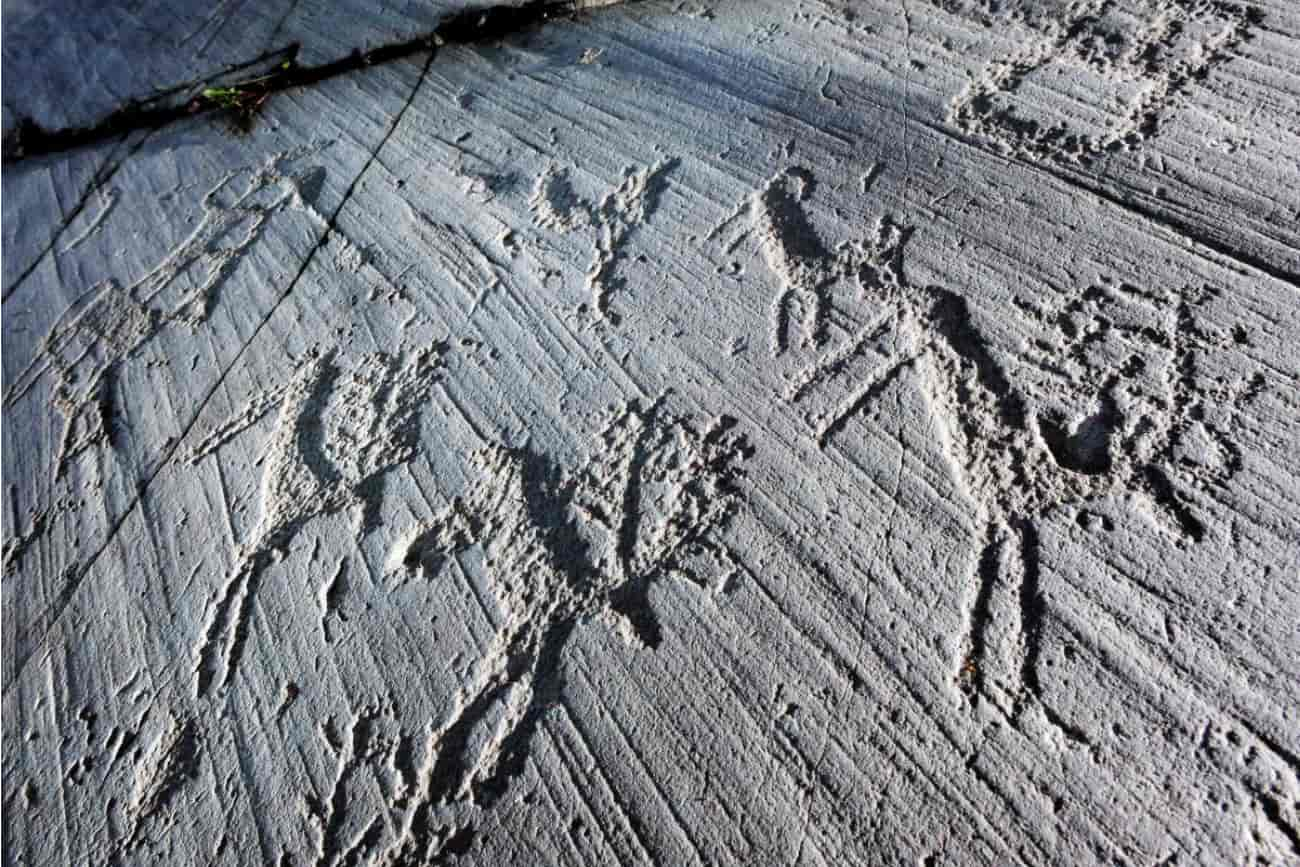
Hydroelectric Energy: The Power of Water from the Glacier to the Lake
Between the late 19th century and the 1980s, Valle Camonica developed one of Europe’s most significant hydroelectric networks. The energy generated by its streams and glaciers fueled the industrialization of the Po Valley. However, climate change now threatens this delicate balance.
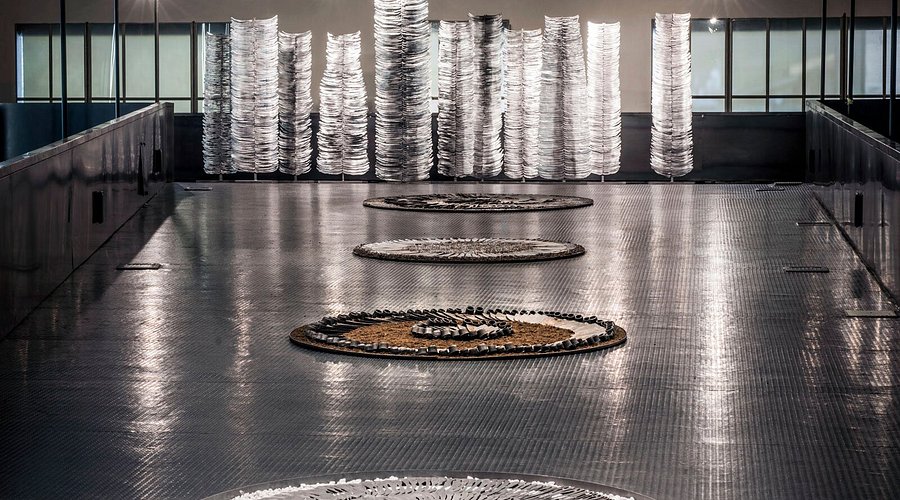
Textile: Weaving as a Story of Community
In Monno, women keep alive the ancient art of weaving with manual looms, crafting traditional “pezzotti,” colorful rugs that embody the collective memory of the community. Agricultural tools like the flail, used for threshing rye, also form part of this cultural heritage.
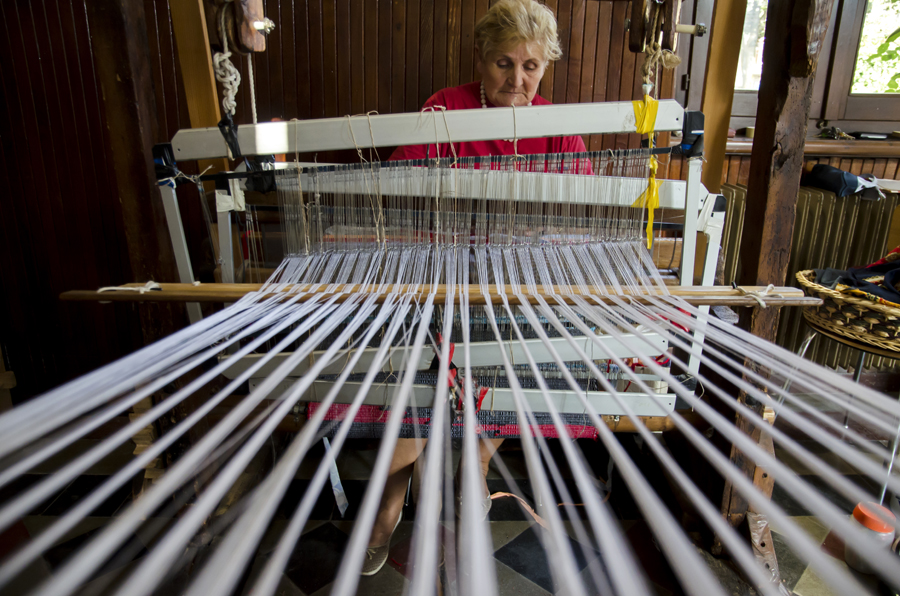
Nature as Artistic Inspiration
Valle Camonica is not only a cultural hub but also a natural space of immense beauty. Its mountains, glaciers, and forests offer an endless source of inspiration.
